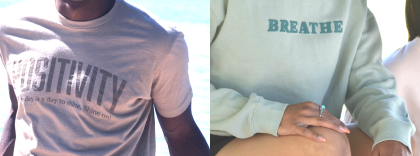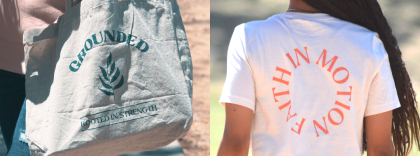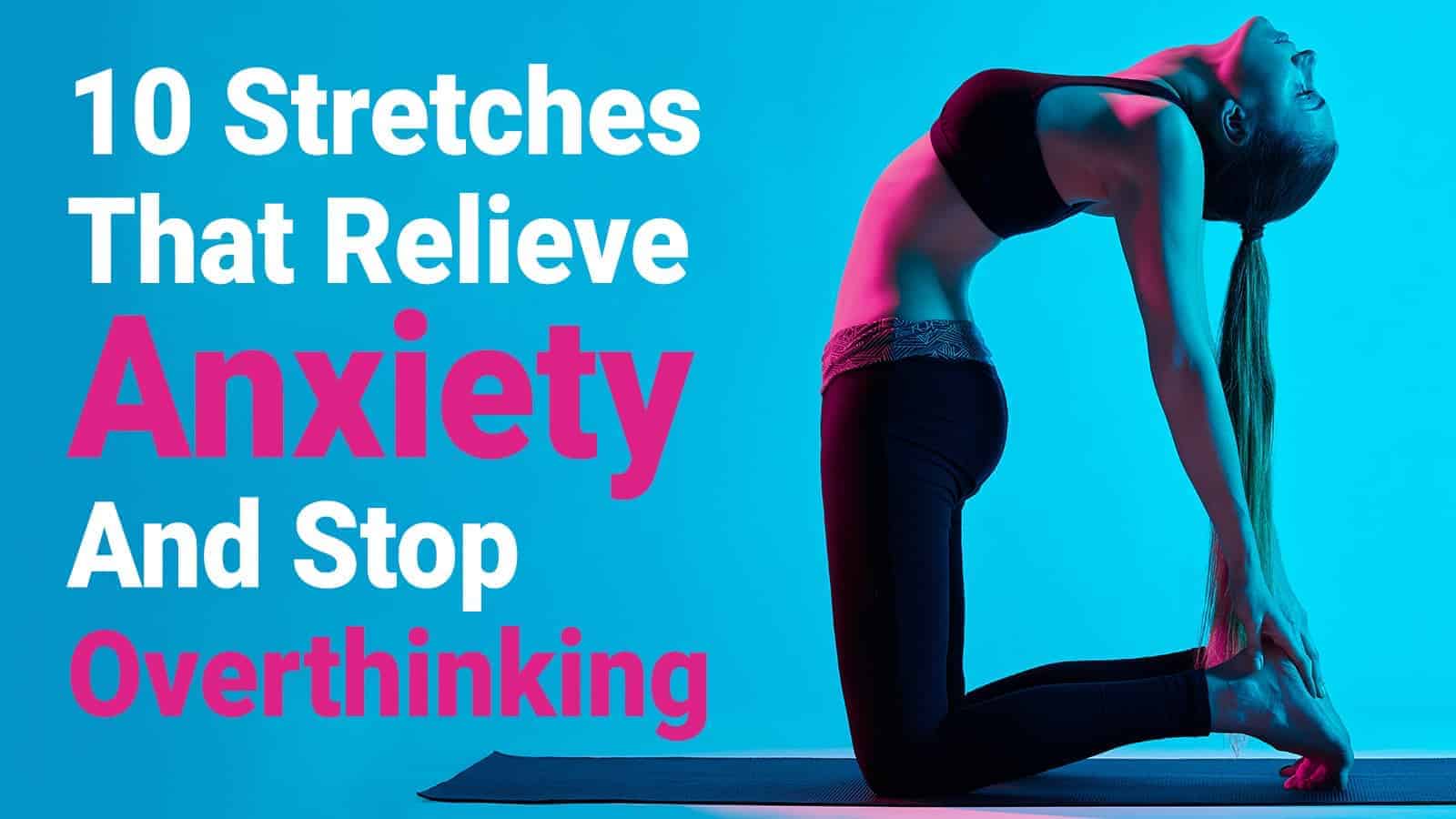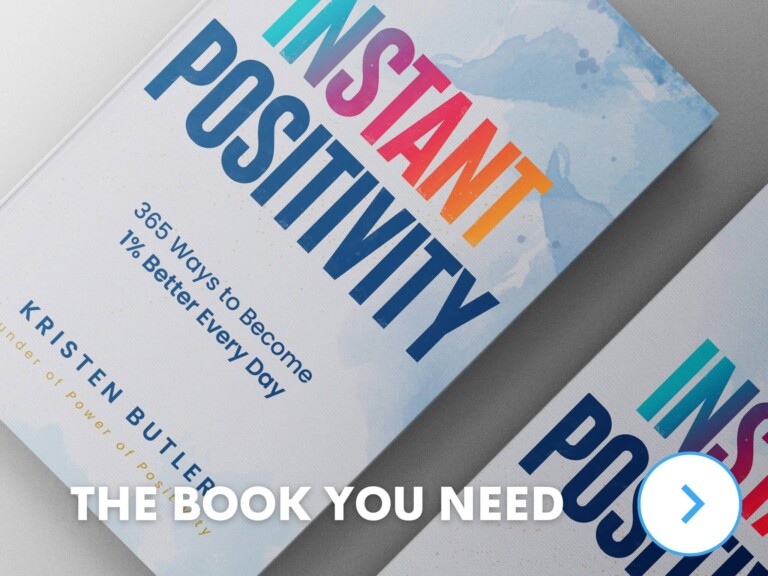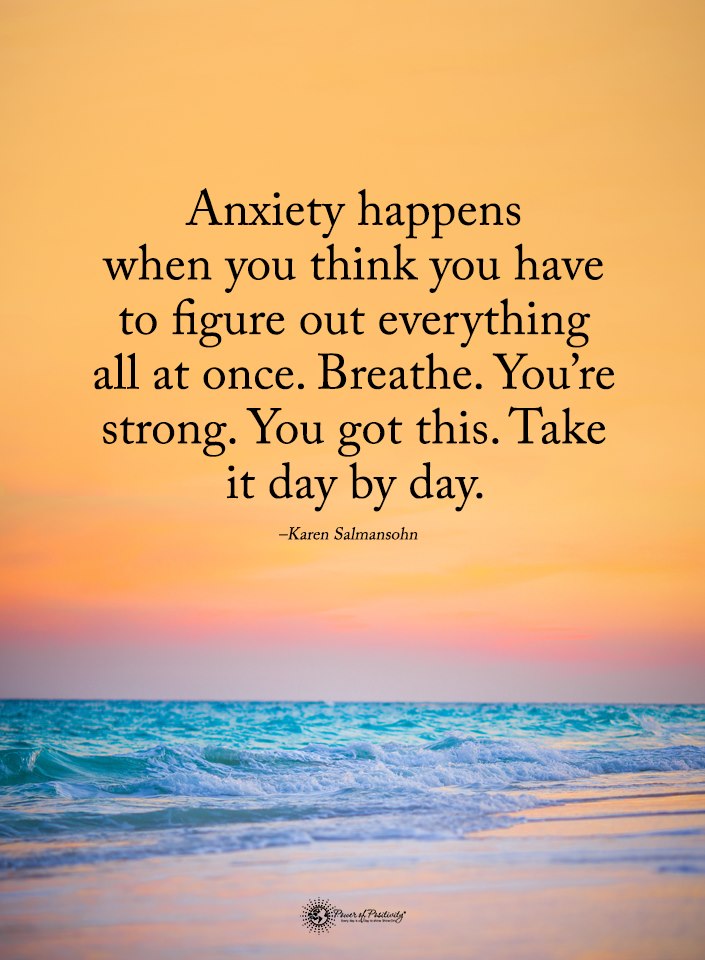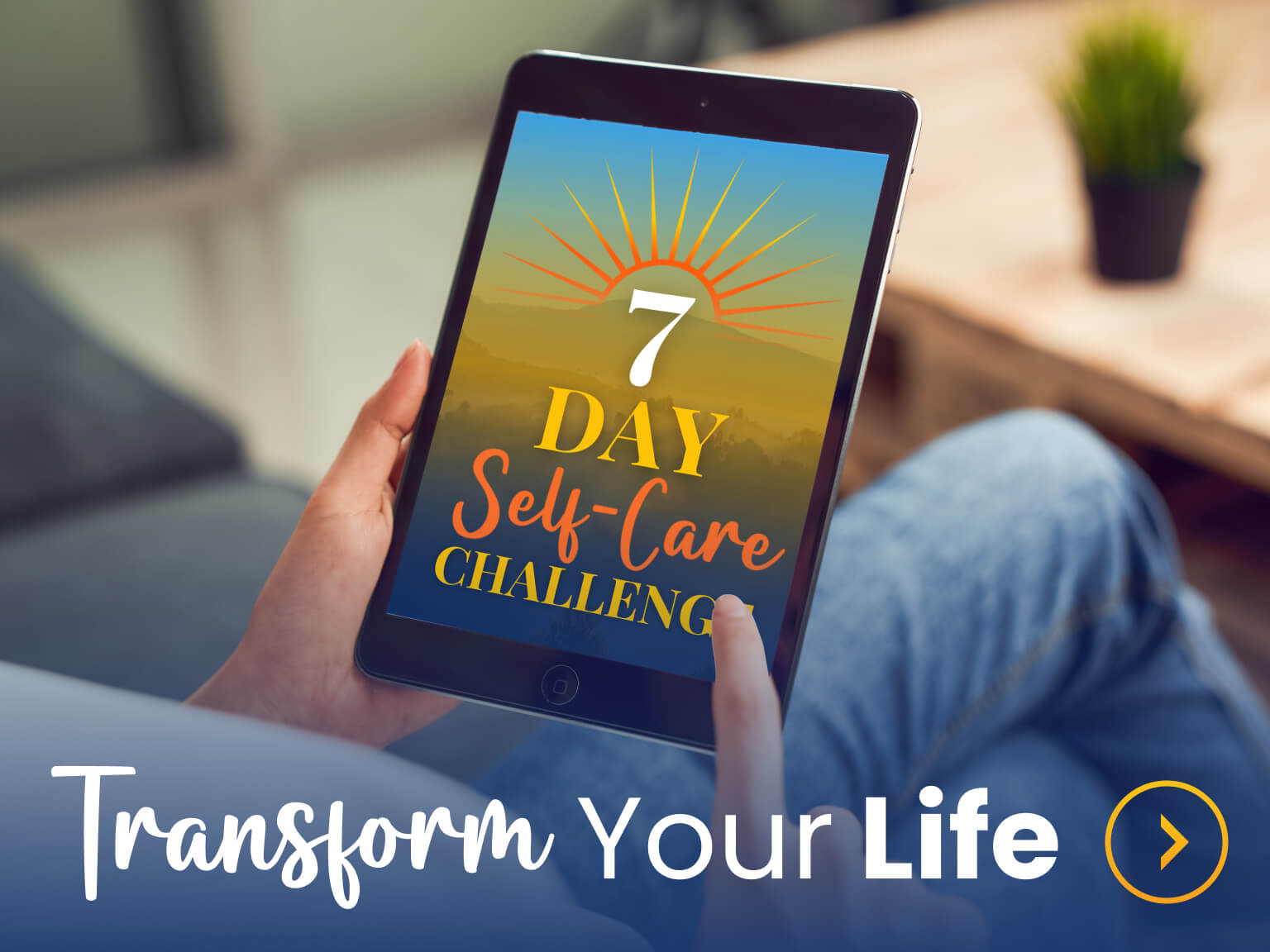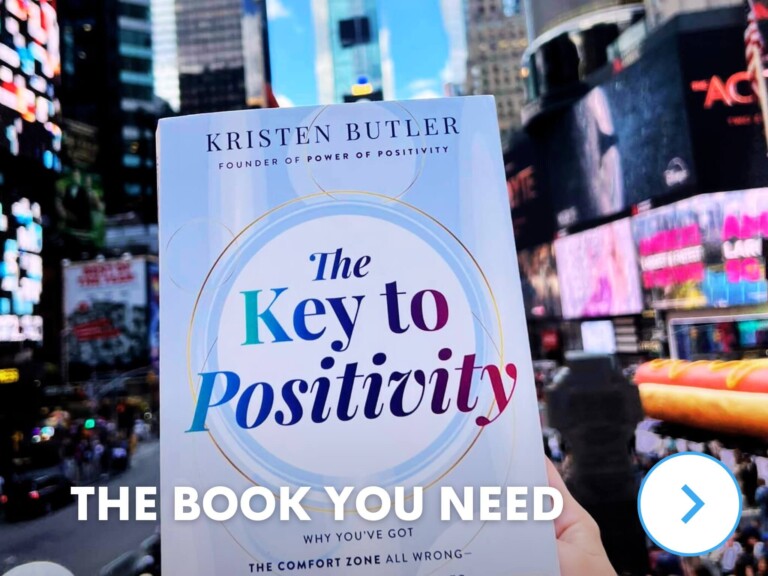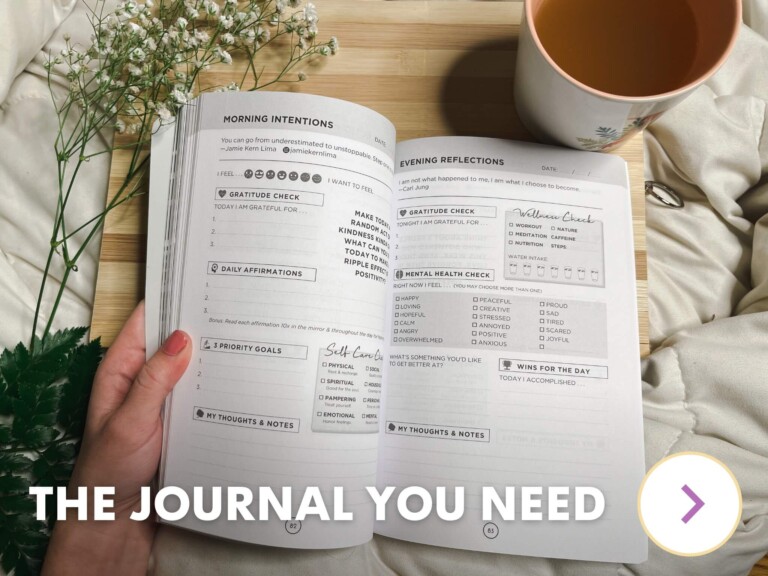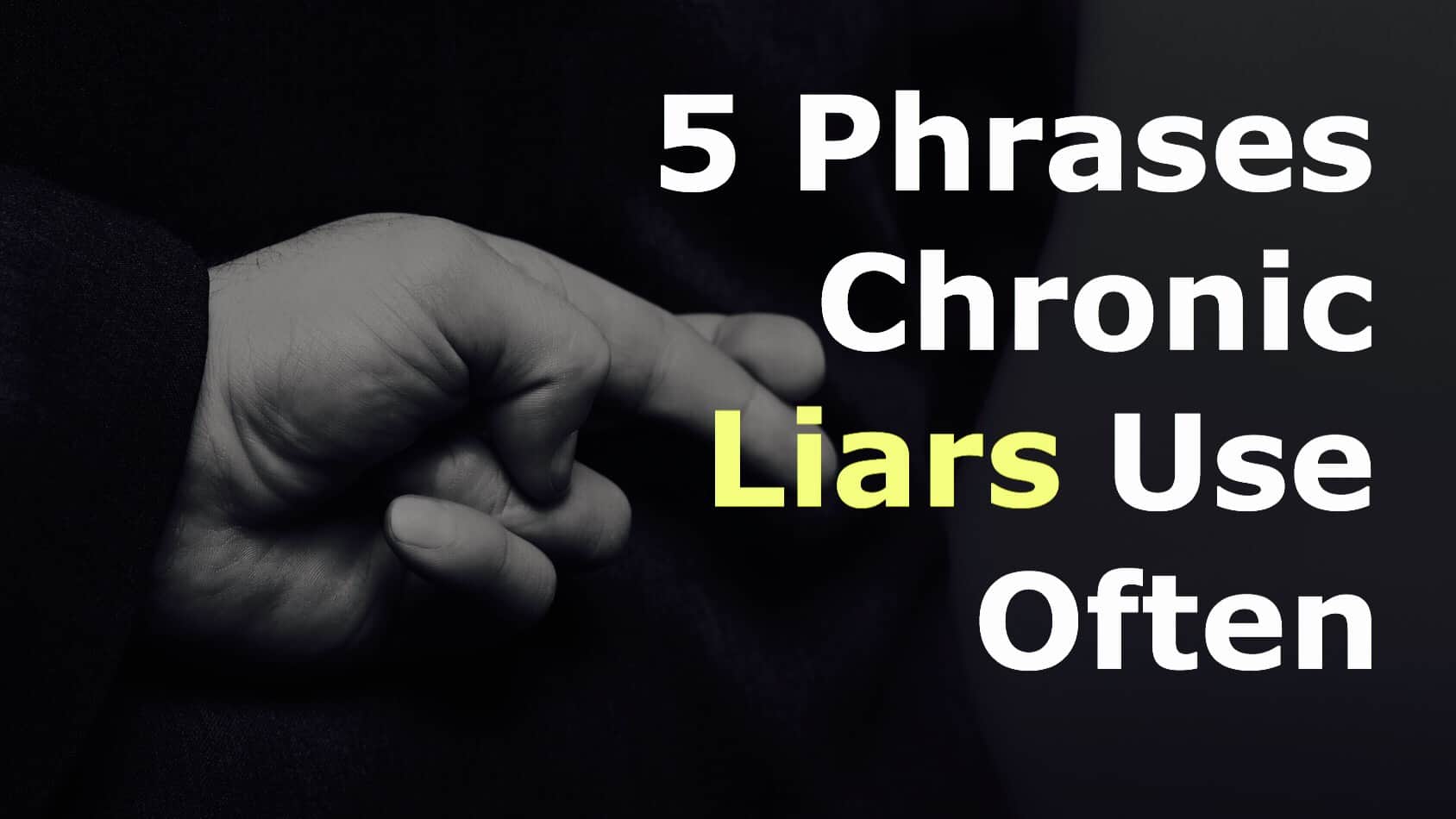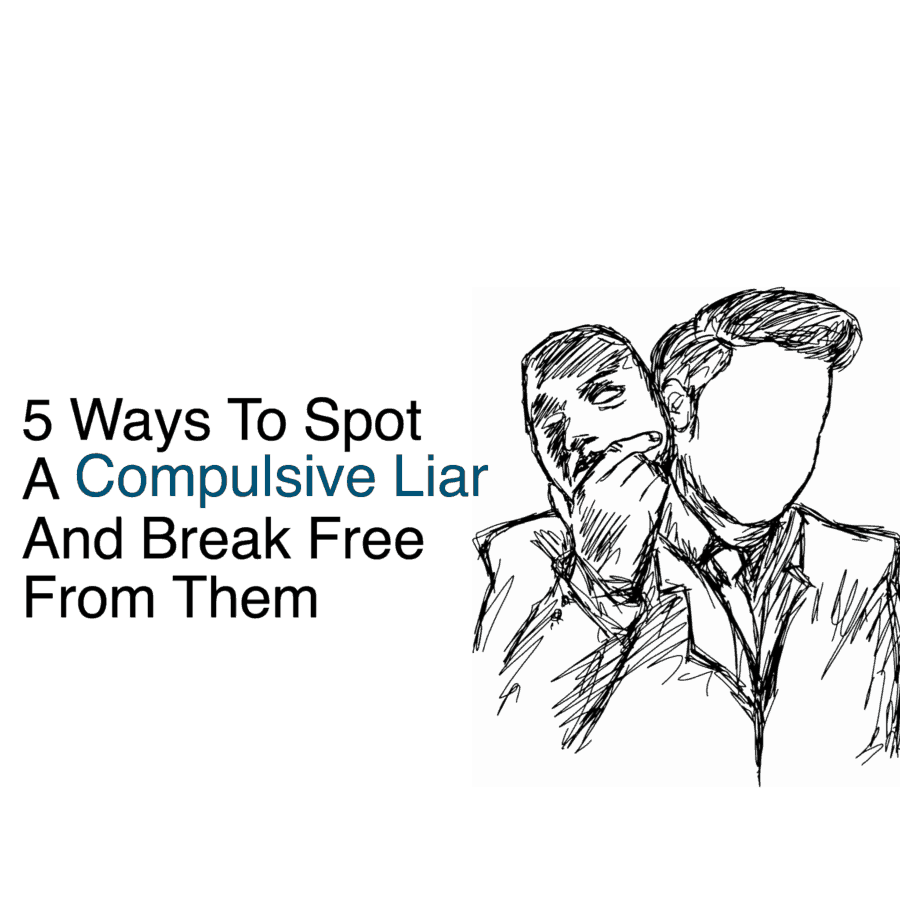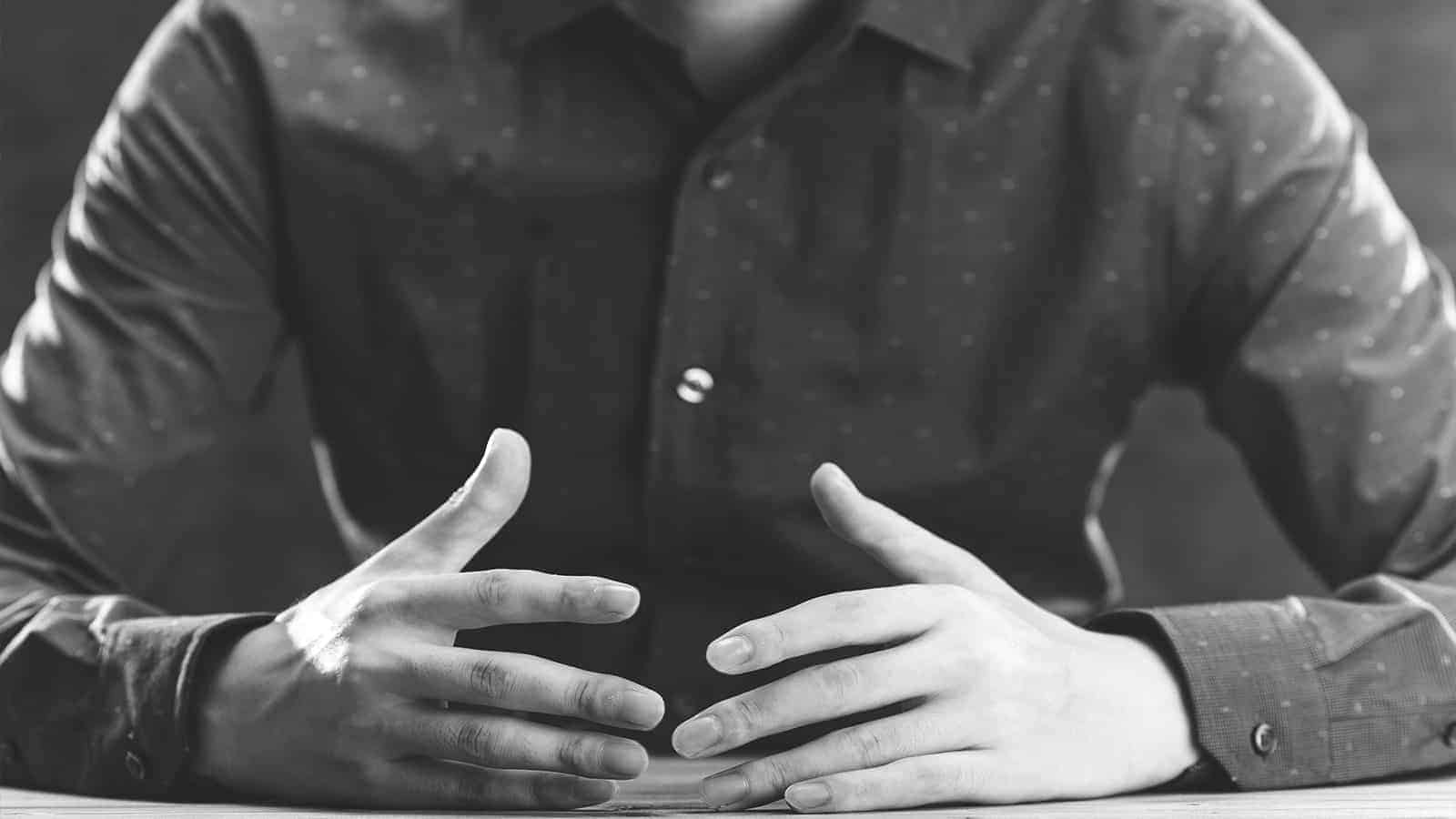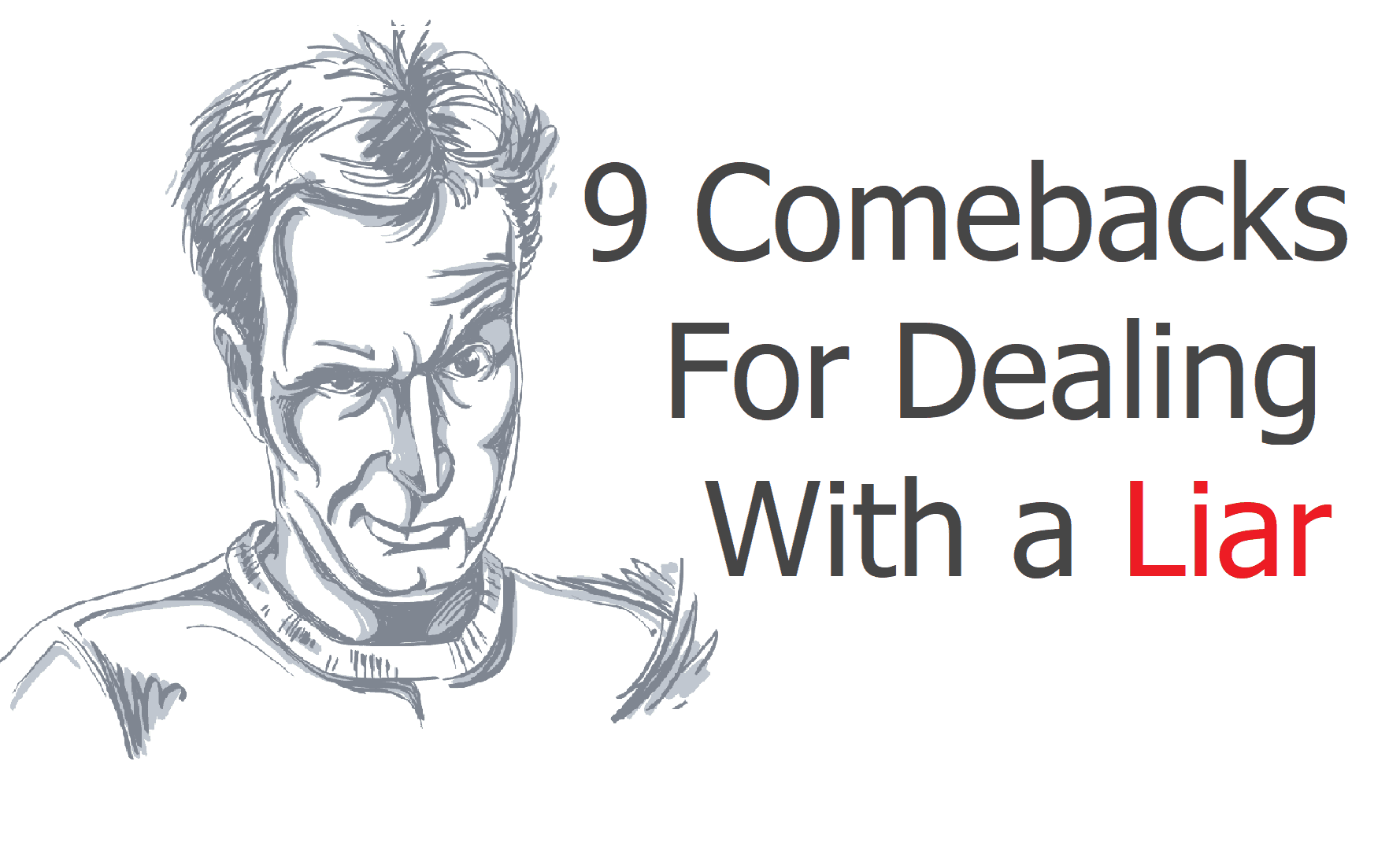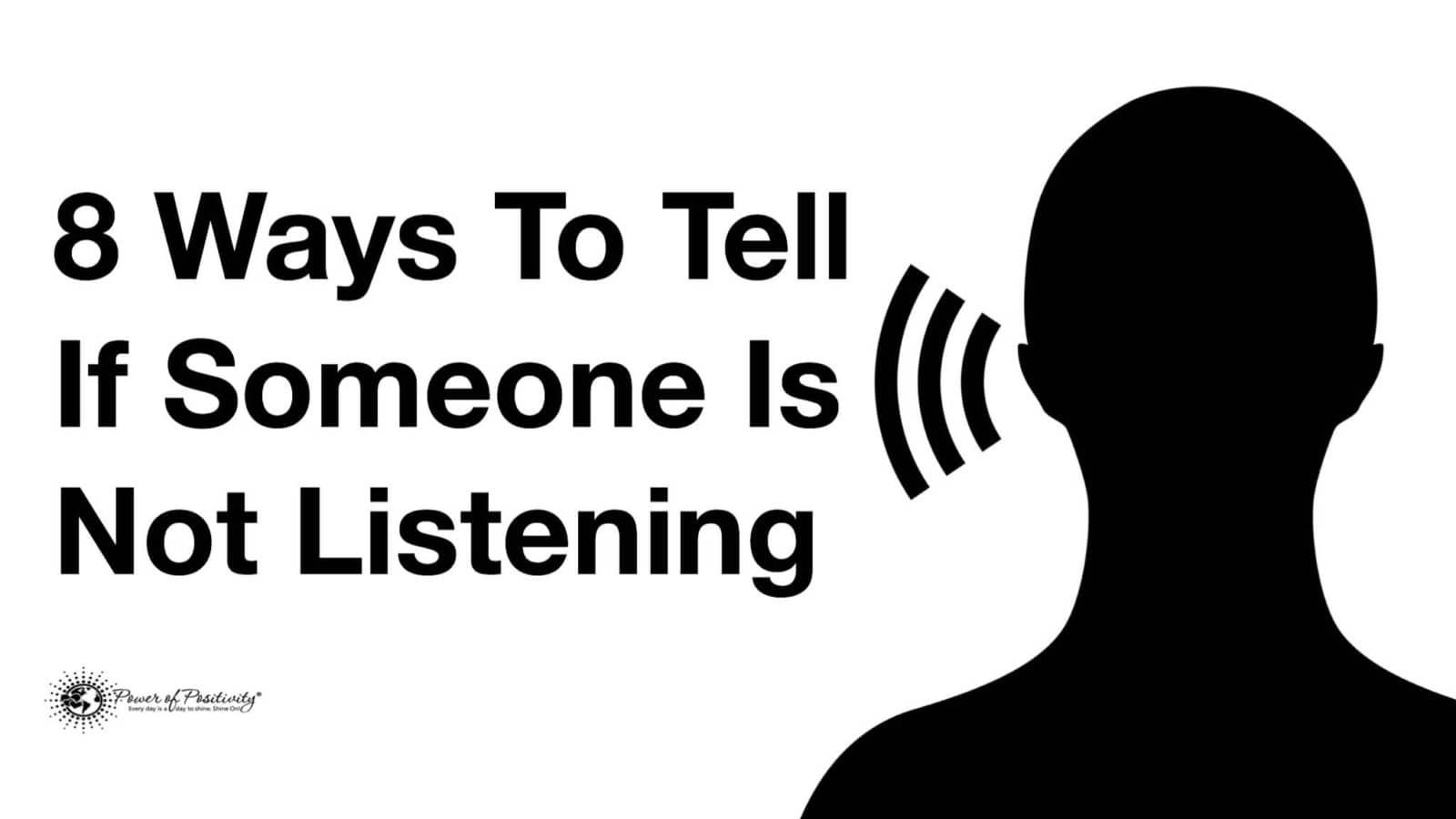Anxiety weighs on the mind, but did you know it also tightens the body? Stress causes muscles to clench, breathing to shorten, and thoughts to spiral. But here’s the good news: stretching can help.
Gentle movement signals the nervous system to relax, allowing tension to melt away. Science backs it up—stretching lowers cortisol levels, boosts serotonin, and encourages deep breathing. Stretching acts as a rejuvenator for both the mind and body.
No fancy equipment. No expensive therapy sessions. Just you, your breath, and a few simple stretches. Let’s dive into ten powerful poses that help relieve anxiety and stop overthinking—so you can feel lighter, calmer, and in control.
How Anxiety Affects the Body
Anxiety is a comprehensive physical and mental experience. Stress triggers your nervous system, causing your body to flood with cortisol and adrenaline. Your heart races. Muscles tense. Breathing becomes shallow. Your body prepares for danger, even if there’s none in sight.
At first, this response is normal. It’s how humans survive threats. But when anxiety lingers, the body stays in fight-or-flight mode, leading to chronic tension, headaches, digestive issues, and even sleep disturbances. Shoulders creep up, jaws clench, and posture suffers. Over time, this can have a significant impact on both mental and physical health.
The good news? Stretching is a natural antidote. It encourages deep breathing, relaxes tight muscles, and signals the nervous system to switch from stress to calm mode. The result? Less tension, more clarity, and a body that finally feels at ease.
When Stress Takes Over: Body Red Flags
- 🧠 Mind Fog: Racing thoughts make it hard to focus or stay present.
- 😰 Tight Chest & Shallow Breathing: Stress limits oxygen intake, keeping the body tense.
- 💥 Stiff Shoulders & Neck Pain: Chronic anxiety leads to muscle clenching, often without realizing it.
- 😩 Digestive Issues: The gut-brain connection means anxiety can trigger bloating, nausea, or stomach discomfort.
- 😴 Sleep Disruptions: An overactive nervous system makes it harder to fall—and stay—asleep.
The body and mind are deeply connected. By loosening tension physically, you also quiet the mental noise. Up next, let’s explore how stretching actively works to break this cycle.
Best Stretches to Relieve Anxiety and Overthinking
When anxiety takes over, movement can bring you back to balance. Stretching isn’t just about flexibility—it’s about releasing tension, calming the nervous system, and grounding yourself in the present moment.
Each of these stretches is designed to ease stress, improve circulation, and quiet an overactive mind. The best part? No special equipment is needed—just your body, your breath, and a little space to unwind.
Let’s dive into the most effective stretches for anxiety relief.
Upper Body Stretches for Tension Relief
💆♂️ Camel Pose (Ustrasana)
This heart-opening stretch counteracts the hunched posture caused by stress and anxiety. It expands the chest, deepens breathing, and releases built-up tension in the shoulders and back.
How to do it:
- Kneel on the floor with your knees hip-width apart.
- Place your hands on your lower back for support.
- Inhale, lift your chest, and gently arch backward, reaching your hands toward your heels.
- Keep your neck relaxed—only tilt your head back if it feels comfortable.
- Hold for 20-30 seconds, breathing deeply.
Bridge Pose (Setu Bandhasana)
This backbend stretch loosens tight shoulders, strengthens the lower back, and promotes relaxation by increasing circulation and stimulating the nervous system.
How to do it:
- Lie on your back with your knees bent and feet flat on the floor, hip-width apart.
- Place your arms at your sides, palms facing down.
- Press through your feet and lift your hips toward the ceiling.
- Roll your shoulders underneath and clasp your hands below your back.
- Hold for 30 seconds, then slowly lower down.
Hip and Lower Back Stretches for Emotional Release
Butterfly Pose (Baddha Konasana)
Tight hips can store stress and emotional tension. This gentle stretch opens up the hips and groin area, encouraging relaxation and better circulation.
How to do it:
- Sit on the floor with your legs extended.
- Bend your knees and bring the soles of your feet together.
- Allow your knees to drop toward the floor (don’t force them).
- Hold your feet and sit tall, keeping your back straight.
- Stay in this position for 1-2 minutes, breathing deeply.
Seated Forward Bend (Paschimottanasana)
A perfect stretch to calm the nervous system and ease tension in the spine, hamstrings, and lower back. It’s great for quieting the mind and relieving stress.
How to do it:
- Sit with your legs extended straight in front of you.
- Inhale, raise your arms, and lengthen your spine.
- Exhale as you fold forward, reaching toward your feet.
- Keep your back straight, and relax your head.
- Hold for 30-60 seconds, breathing deeply.
Full-Body and Mindful Stretching for Deep Relaxation
Triangle Pose (Utthita Trikonasana)
This standing stretch improves balance, enhances flexibility, and relieves stress in the body. It encourages deeper breathing and mental clarity.
How to do it:
- Stand with your feet wide apart, turning your right foot outward at a 90-degree angle.
- Extend your arms parallel to the floor.
- Reach your right hand toward your shin, ankle, or the floor, while lifting your left hand toward the sky.
- Keep your chest open and gaze up at your top hand.
- Hold for 20-30 seconds, then switch sides.
Cat-Cow Pose (Marjariasana)
A simple but effective movement to relieve tension in the spine, improve circulation, and encourage deep breathing. It’s perfect for resetting the nervous system.
How to do it:
- Get on all fours, with your hands under your shoulders and knees under your hips.
- Inhale as you arch your back, lifting your head and tailbone (Cow Pose).
- Exhale as you round your spine, tucking your chin (Cat Pose).
- Flow between these two positions for 30-60 seconds.
Child’s Pose (Balasana)
One of the most calming poses, this stretch gently releases lower back tension and encourages a sense of safety and relaxation.
How to do it:
- Kneel on the floor and sit back on your heels.
- Extend your arms forward and rest your forehead on the ground.
- Keep your knees slightly apart to deepen the stretch.
- Hold for 1-2 minutes, breathing deeply.
Final Relaxation Stretch
Corpse Pose (Shavasana)
The ultimate mind-body relaxation pose, perfect for resetting your nervous system and grounding yourself after stretching.
How to do it:
- Lie flat on your back with your arms relaxed at your sides.
- Close your eyes and focus on deep, slow breathing.
- Allow every muscle in your body to soften.
- Stay here for 5-10 minutes, fully embracing stillness.
💡 Why These Stretches Work
Each pose is designed to target tension hotspots—shoulders, hips, and the spine—where anxiety tends to build up. By practicing these regularly, you’ll feel more relaxed, breathe easier, and bring more calm into your day.
How to Incorporate Stretching into Your Daily Routine.
Stretching isn’t just a quick fix for anxiety—it’s a daily reset for your mind and body. The key? Consistency. When you stretch regularly, you’re training your nervous system to stay calm, your muscles to release tension, and your breath to flow naturally.
The good news? You don’t need an hour-long yoga session. Just a few mindful minutes, spread throughout the day, can make a huge difference. Let’s break it down into a simple, effective routine.
Morning: Wake Up and Release Tension
Start the day with gentle movement to shake off stiffness and set a calm tone. Morning stretches help wake up the body, improve circulation, and clear the mind.
Try this 5-minute sequence:
- Cat-Cow Pose – Loosens the spine and wakes up the nervous system. (30 sec)
- Seated Forward Bend – Gently stretches the back and hamstrings. (30 sec)
- Butterfly Pose – Opens the hips and improves circulation. (30 sec)
- Triangle Pose – Increases flexibility and boosts energy. (30 sec each side)
- Corpse Pose – Finish with a moment of stillness. (1 min)
Midday: Reset and De-Stress
Anxiety tends to build up throughout the day, especially after hours of sitting or dealing with stressful tasks. A quick stretch break helps release tension, improve focus, and reset your energy.
Try this 5-minute sequence:
- Bridge Pose – Opens the chest, stretches the spine. (30 sec)
- Cat-Cow Pose – Relaxes the back and shoulders. (30 sec)
- Butterfly Pose – Loosens tight hips from sitting. (30 sec)
- Child’s Pose – Grounds and calms the nervous system. (1 min)
Evening: Unwind and Prepare for Rest
The key to nighttime stretching is to slow down. These moves help signal to your body that it’s time to relax, let go of the day, and prepare for deep sleep.
Try this 5-minute sequence:
- Seated Forward Bend – Releases built-up tension. (30 sec)
- Child’s Pose – Soothes the nervous system. (1 min)
- Camel Pose – Stretches the back and opens the chest. (30 sec)
- Corpse Pose – Deep relaxation. (2 min)
Final Thoughts: Small Shifts, Big Impact
Managing anxiety doesn’t have to be overwhelming. Start small. A few deep breaths, a simple stretch, a daily walk—it all adds up.
The goal? Less stress, more ease, and a life that feels lighter. Stretching is just the beginning—you have everything you need to feel calm, strong, and in control.
